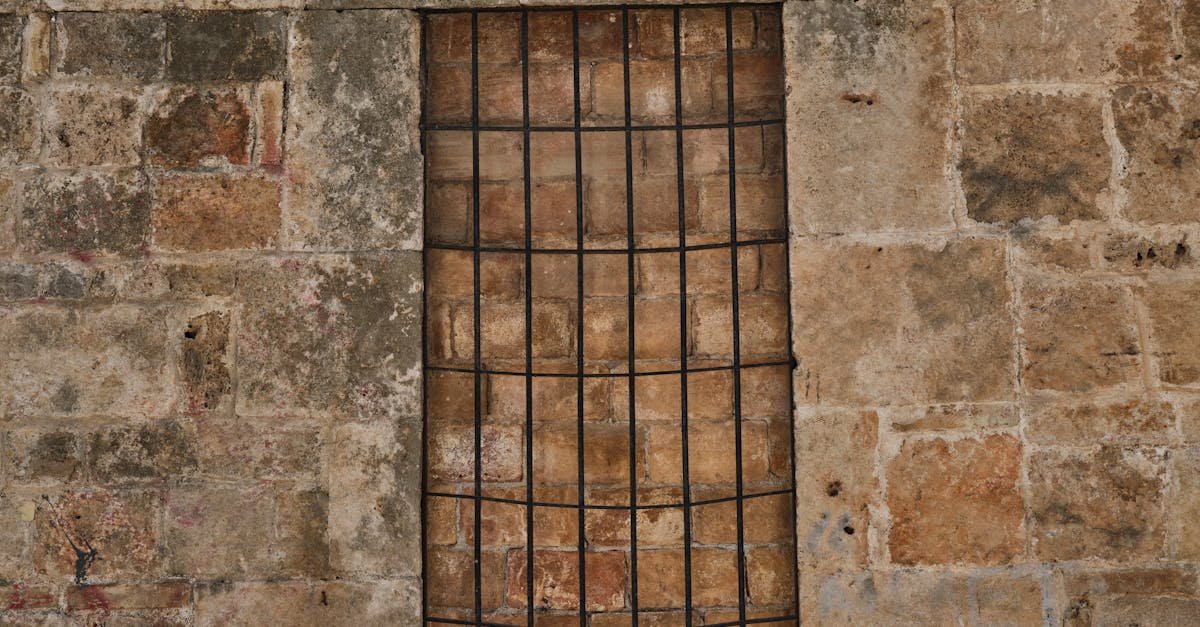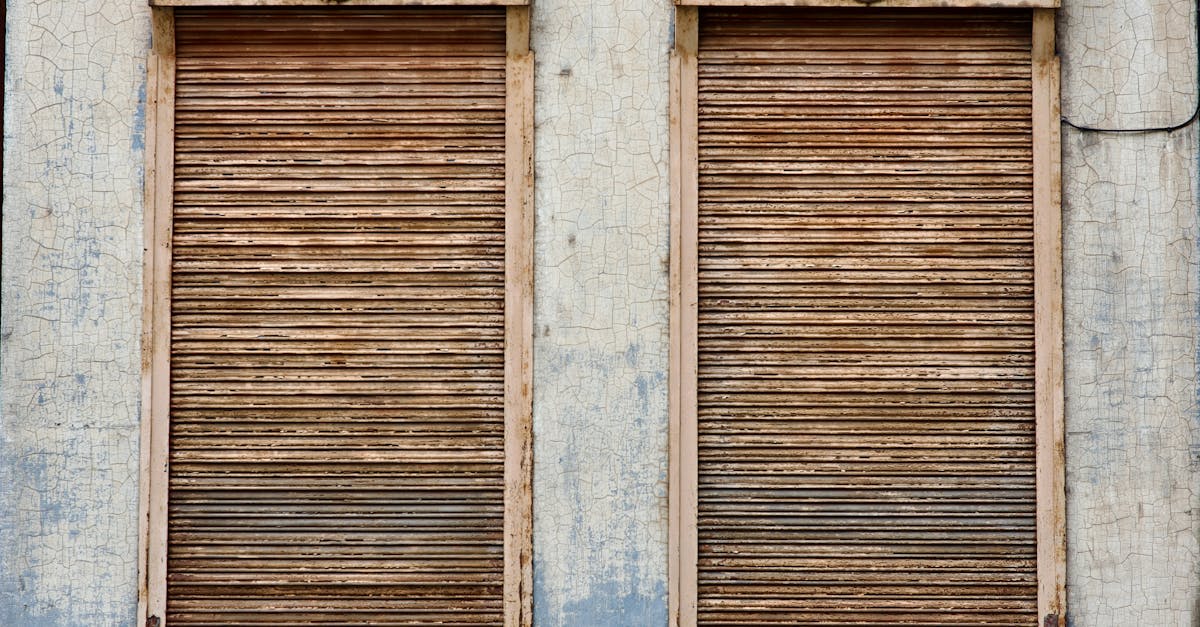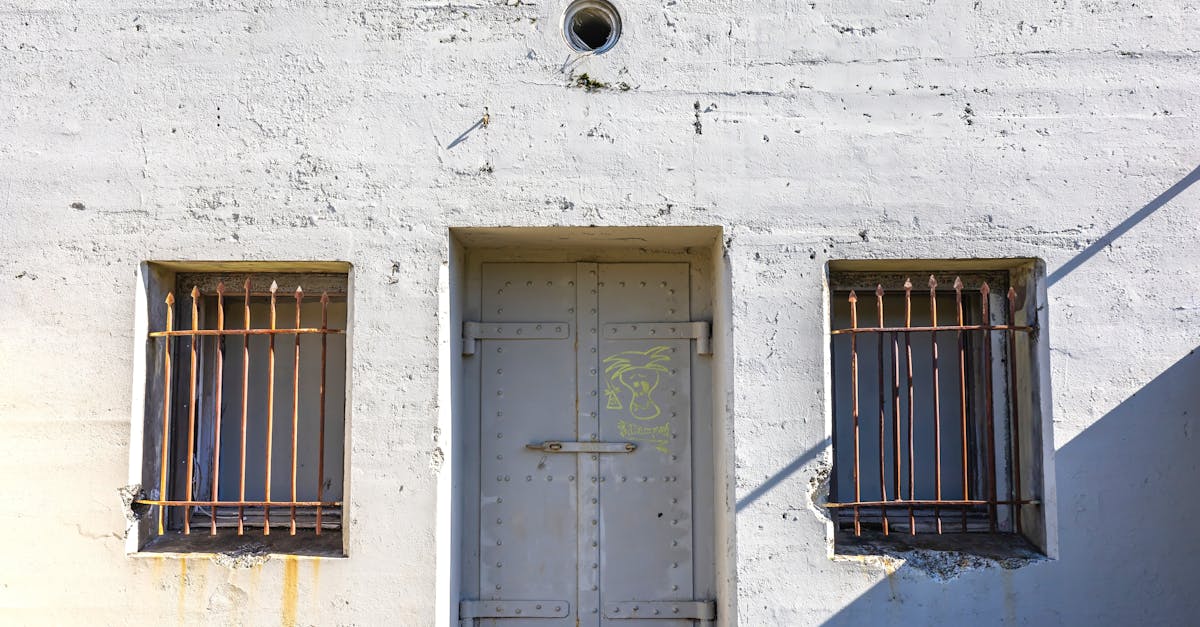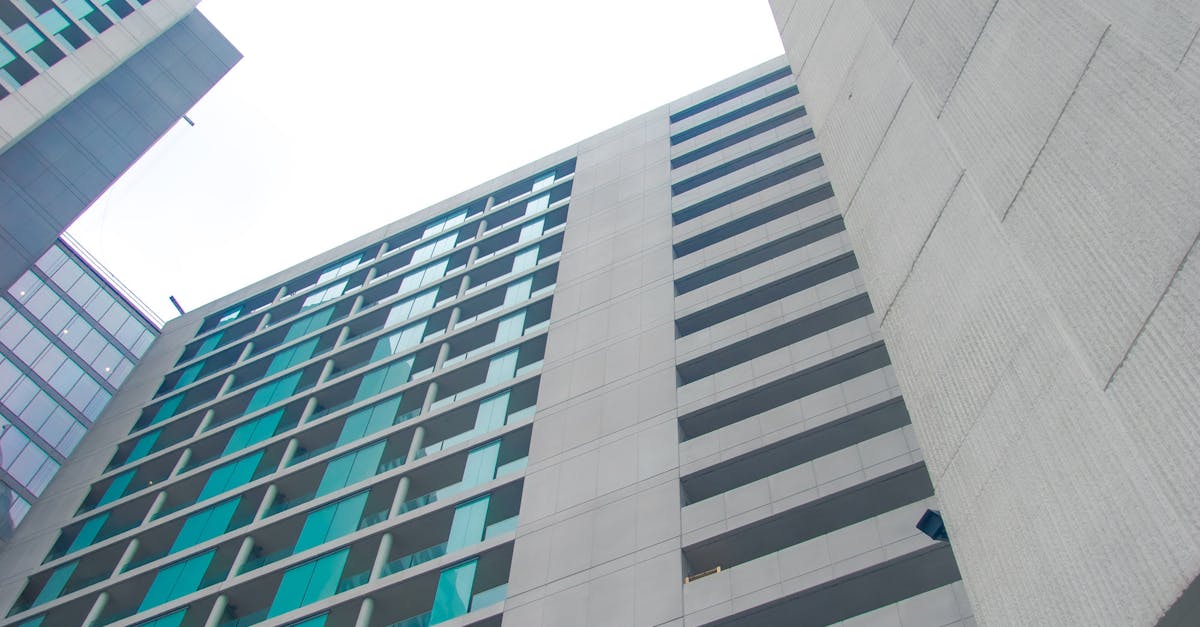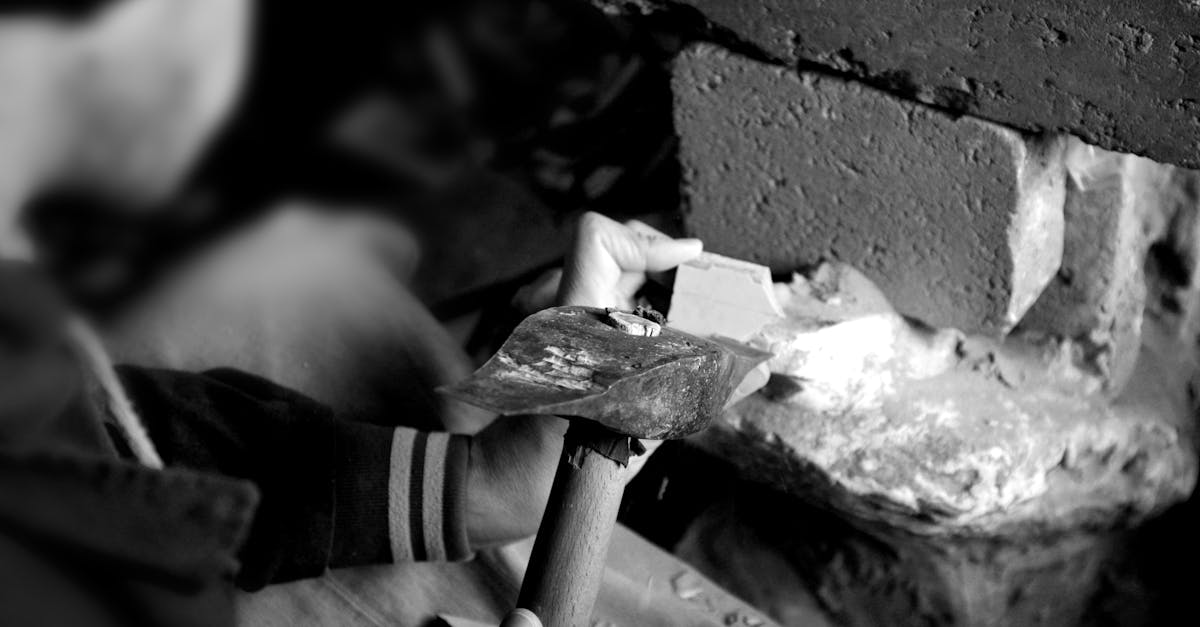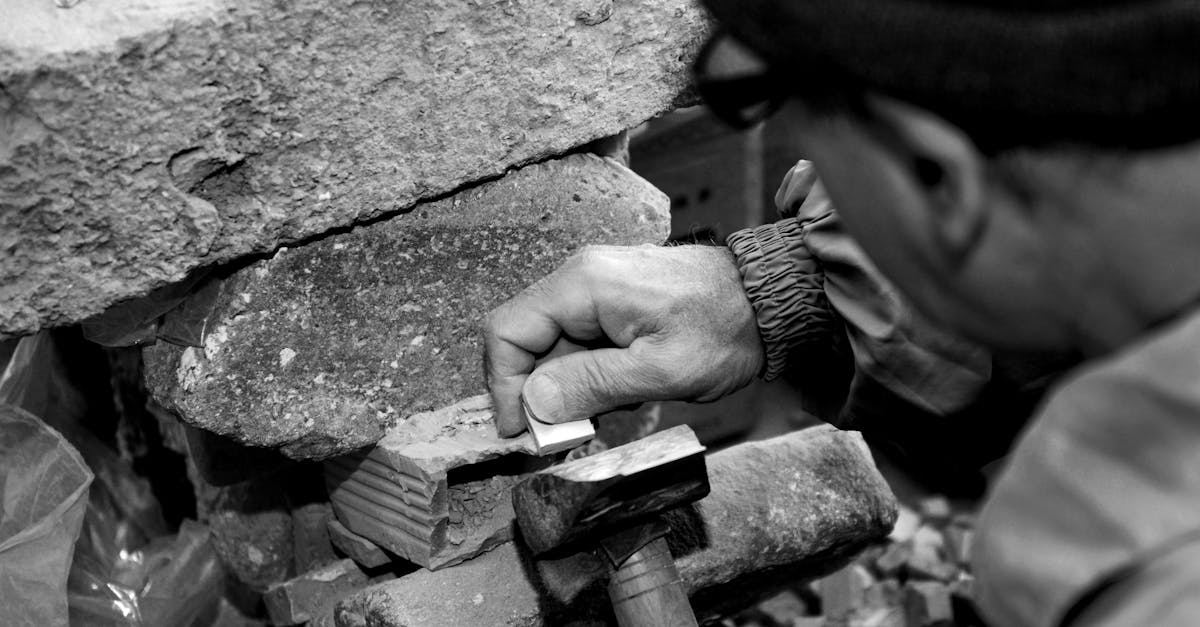
Table Of Contents
Inspecting the Flange and Wax Seal
Before proceeding with toilet installation and repair, it’s essential to examine the flange and wax seal closely. The flange serves as the anchor point for the toilet, connecting it to the floor as well as the drainage system. Inspecting the flange for cracks, warps, or corrosion is critical. If any issues are apparent, it will need replacing to ensure a stable foundation for the new toilet.
The wax seal forms a watertight seal between the toilet and the flange, preventing leaks and unpleasant odours. When inspecting the wax seal, check for signs of wear or damage. A compromised wax seal can lead to significant problems down the line, including water damage or instability. Replacing the wax seal is a relatively straightforward task and should be done whenever toilet installation and repair occur to secure optimal performance.
Importance of a Secure Connection
A secure connection at the flange is crucial for effective toilet installation and repair. An unstable flange can lead to leaks and further damage to the flooring. Proper alignment ensures that the toilet sits firmly on the wax seal, which creates a watertight barrier. Taking the time to check the integrity of the flange can prevent costly repairs and maintain the bathroom's functionality for years to come.
During installation, it is essential to tighten the toilet bolts evenly while avoiding overtightening. Excessive force can crack the porcelain, leading to potential failures down the line. Ensuring that the connection between the toilet and the flange is secure will provide peace of mind. A well-installed toilet not only functions better but also reduces the risk of unsightly leaks and repairs in the future.
Installing the New Toilet
When installing the new toilet, begin by carefully positioning it over the flange and ensuring that the bolts align with the designated holes. Once the toilet is in place, apply even pressure to set the base securely onto the wax seal. This ensures a tight fit that will prevent leaks and maintain stability over time. After positioning, hand-tighten the nuts onto the bolts to secure the toilet while avoiding over-tightening, which can lead to cracking.
Next, check for proper alignment by sitting on the toilet to assess stability. This step is crucial as it helps verify that the toilet is not only stable but also level. If necessary, use shims to adjust the height and avoid any rocking motion. Completing these steps thoroughly will contribute to a successful toilet installation and repair, significantly enhancing the performance of the unit and ensuring long-term satisfaction with the new fixture.
Proper Techniques for a Smooth Setup
When undertaking toilet installation and repair in older homes, it is crucial to ensure that the toilet base sits evenly on the flange. Begin by placing the wax seal carefully on the flange, ensuring it is well-shaped and centred to provide a consistent surface for the toilet to rest upon. Deciding on the orientation of the toilet before lowering it onto the wax seal is essential, as improper alignment can lead to leakage and an uneven fit. Securing the toilet with the provided bolts ensures it remains stable and prevents any movement over time.
After securing the toilet, the next step involves tightening the bolts to achieve a snug fit without over-tightening, which could crack the porcelain. It is advisable to alternate between tightening the bolts at opposite sides to maintain an even pressure across the base. Once the toilet is securely in place, check for any gaps between the base and the floor, as these can affect stability and lead to future issues. Following these proper techniques will not only enhance the performance of the toilet but also extend its lifespan within the unique conditions of older homes.
Connecting the Water Supply
Connecting the water supply is an essential step in the toilet installation process. Start by ensuring that the water supply line is compatible with the new toilet's fill valve. If the existing line shows signs of wear or corrosion, consider replacing it to avoid future leaks. A shut-off valve should be located nearby for easy access. When ready, carefully attach the water supply line to the fill valve using an adjustable wrench, taking care to avoid overtightening, which could damage the fittings.
Once connected, turn on the water supply slowly and observe for any leaks at the connection points. Checking for leaks is vital in ensuring the installation is successful and preventing water damage in the long run. If everything is secure, flush the toilet to confirm that the fill valve operates correctly and that the tank refills efficiently. Toilet installation and repair require attention to detail at every step, and a secure connection to the water supply is fundamental for reliable performance.
Ensuring LeakFree Performance
A proper connection to the water supply is crucial for leak-free performance during toilet installation and repair. Begin by ensuring that both the shut-off valve and the toilet tank’s fill valve are in good condition. Over time, these components can wear out or corrode, leading to potential leaks. If necessary, replace any faulty parts before connecting the water supply line to guarantee a secure fit.
After attaching the water supply line, turn on the shut-off valve slowly and observe for any signs of leakage around the connections. It’s vital to check meticulously at both the base of the toilet and where the line connects to the fill valve. Minor leaks can often go unnoticed but may lead to water damage over time. Taking the time to ensure everything is tightened properly and leak-free will enhance the performance and longevity of the entire system.
FAQS
What should I inspect before installing a new toilet in an older home?
Before installing a new toilet, it is essential to inspect the flange and wax seal for any damage or wear. Ensure the flange is securely anchored to the floor and that the wax seal is intact to prevent leaks.
Why is a secure connection important when installing a toilet?
A secure connection is crucial for preventing any movement of the toilet, which can lead to leaks and potential water damage. A properly installed toilet will also ensure comfort and stability when in use.
What are the proper techniques for installing a new toilet?
Proper techniques include ensuring the wax seal is correctly positioned, carefully lowering the toilet onto the flange, securing it with bolts, and tightening them evenly to avoid cracking the toilet base. It’s also important to check for level alignment.
How do I connect the water supply to my new toilet?
To connect the water supply, first, turn off the water at the shutoff valve. Then attach the water supply line to the toilet’s fill valve, ensuring it is securely tightened but not overtightened, which could damage the components.
What steps can I take to ensure leak-free performance after installation?
To ensure leak-free performance, check all connections for tightness, turn the water supply on slowly, and observe for any leaks around the toilet base and water supply line. It’s advisable to test flush the toilet several times to confirm everything is functioning properly.


